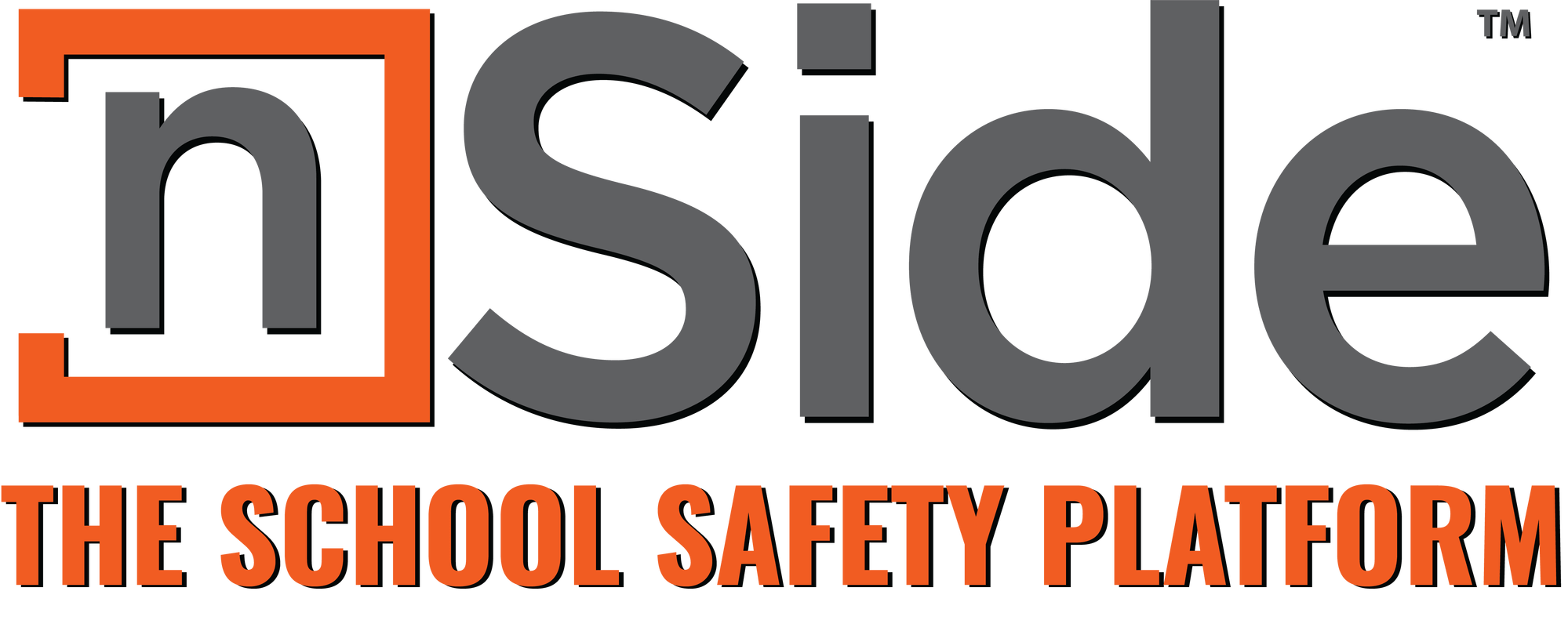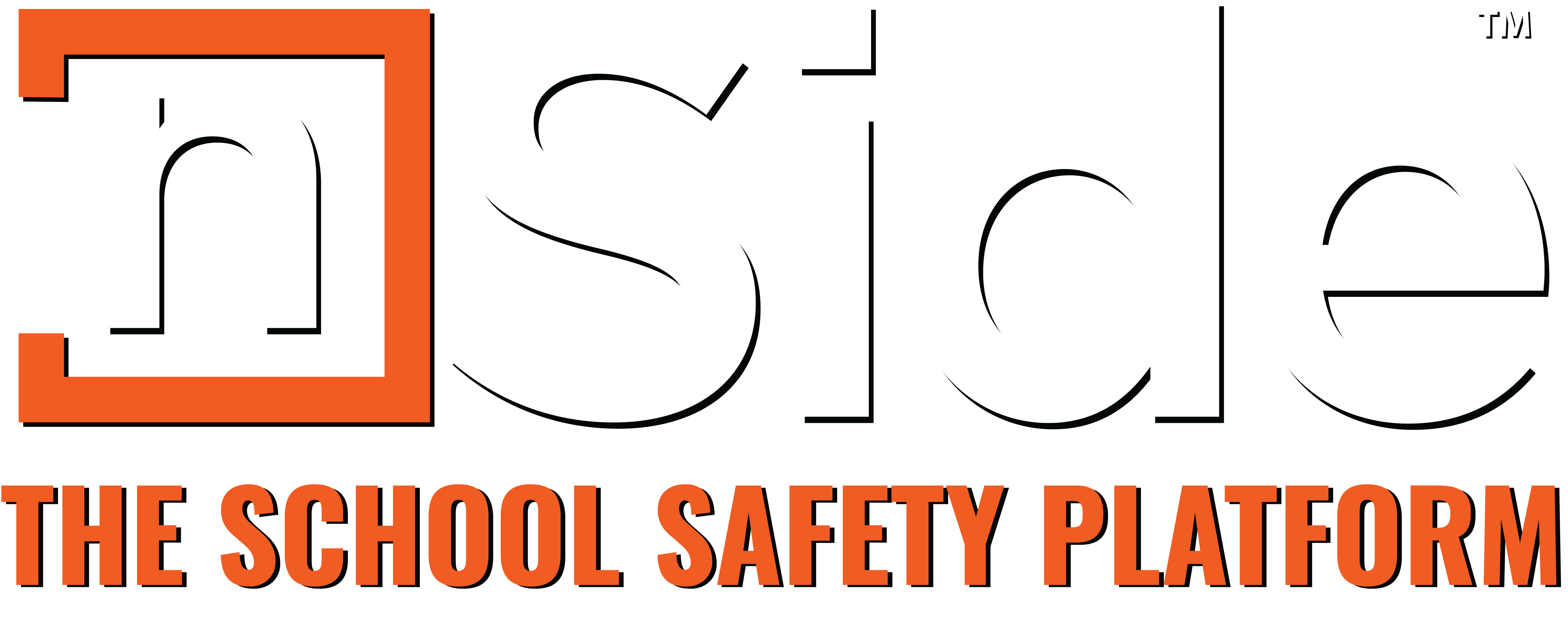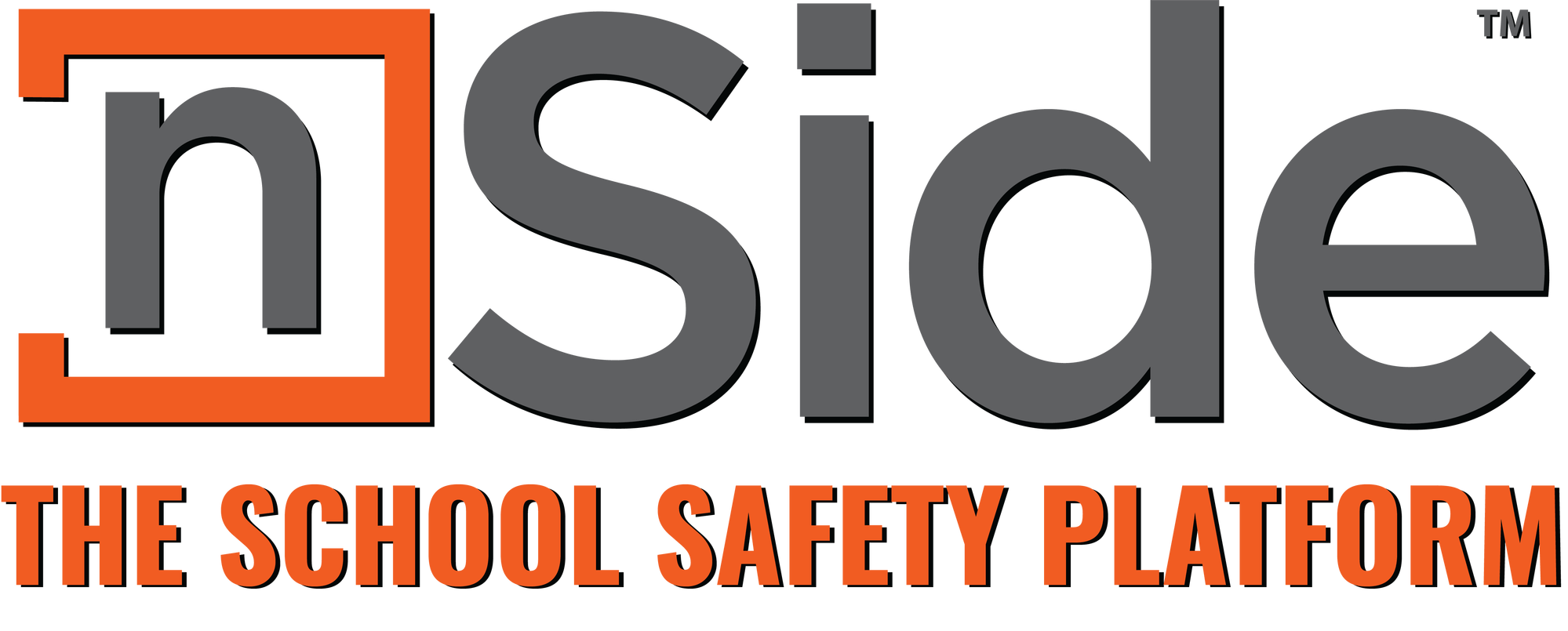In 2011, CDC established 15 capabilities that serve as national standards for public health preparedness planning. Since then, these capability standards have served as a vital framework for state, local, tribal, and territorial preparedness programs as they plan, operationalize, and evaluate their ability to prepare for, respond to, and recover from public health emergencies.
Capability 1: Community Preparedness
- Function 1: Determine risks to the health of the jurisdiction
- Function 2: Strengthen community partnerships to support public health preparedness
- Function 3: Coordinate with partners and share information through community social networks
- Function 4: Coordinate training and provide guidance to support community involvement with preparedness efforts
Capability 2: Community Recovery
- Function 1: Identify and monitor community recovery needs
- Function 2: Support recovery operations for public health and related systems for the community
- Function 3: Implement corrective actions to mitigate damage from future incidents
Capability 3: Emergency Operations Coordination
- Function 1: Conduct preliminary assessment to determine the need for activation of public health
- emergency operations
- Function 2: Activate public health emergency operations
- Function 3: Develop and maintain an incident response strategy
- Function 4: Manage and sustain the public health response
- Function 5: Demobilize and evaluate public health emergency operations
Capability 4: Emergency Public Information and Warning
- Function 1: Activate the emergency public information system
- Function 2: Determine the need for a Joint Information System
- Function 3: Establish and participate in information system operations
- Function 4: Establish avenues for public interaction and information exchange
- Function 5: Issue public information, alerts, warnings, and notifications
Capability 5: Fatality Management
- Function 1: Determine the public health agency role in fatality management
- Function 2: Identify and facilitate access to public health resources to support fatality management
operations - Function 3: Assist in the collection and dissemination of antemortem data
- Function 4: Support the provision of survivor mental/behavioral health services
- Function 5: Support fatality processing and storage operations
Capability 6: Information Sharing
- Function 1: Identify stakeholders that should be incorporated into information flow and define
information sharing needs - Function 2: Identify and develop guidance, standards, and systems for information exchange
- Function 3: Exchange information to determine a common operating picture
Capability 7: Mass Care
- Function 1: Determine public health role in mass care operations
- Function 2: Determine mass care health needs of the impacted population
- Function 3: Coordinate public health, health care, and mental/behavioral health services
- Function 4: Monitor mass care population health
Capability 8: Medical Countermeasure Dispensing and Administration
- Function 1: Determine medical countermeasure dispensing/administration strategies
- Function 2: Receive medical countermeasures to be dispensed/administered
- Function 3: Activate medical countermeasure dispensing/administration operations
- Function 4: Dispense/administer medical countermeasures to targeted population(s)
- Function 5: Report adverse events
Capability 9: Medical Countermeasure Dispensing and Administration
- Function 1: Direct and activate medical materiel management and distribution
- Function 2: Acquire medical materiel from national stockpiles or other supply sources
- Function 3: Distribute medical materiel
- Function 4: Monitor medical materiel inventories and medical materiel distribution operations
- Function 5: Recover medical materiel and demobilize distribution operations
Capability 10: Medical Surge
- Function 1: Assess the nature and scope of the incident
- Function 2: Support activation of medical surge
- Function 3: Support jurisdictional medical surge operations
- Function 4: Support demobilization of medical surge operations
Capability 11: Nonpharmaceutical Interventions
Function 1: Engage partners and identify factors that impact nonpharmaceutical interventions
Function 2: Determine nonpharmaceutical interventions
Function 3: Implement nonpharmaceutical interventions
Function 4: Monitor nonpharmaceutical interventions
Capability 12: Public Health Laboratory Testing
Function 1: Conduct laboratory testing and report results
Function 2: Enhance laboratory communications and coordination
Function 3: Support training and outreach
Capability 13: Public Health Surveillance and Epidemiological Investigation
- Functions: This capability consists of the ability to perform the functions listed below.
- Function 1: Conduct or support public health surveillance
- Function 2: Conduct public health and epidemiological investigations
- Function 3: Recommend, monitor, and analyze mitigation actions
- Function 4: Improve public health surveillance and epidemiological investigation systems
Capability 14: Responder Safety Health
- Function 1: Identify responder safety and health risks
- Function 2: Identify and support risk-specific responder safety and health training
- Function 3: Monitor responder safety and health during and after incident response
Capability 15: Volunteer Management
- Function 1: Recruit, coordinate, and train volunteers
- Function 2: Notify, organize, assemble, and deploy volunteers
- Function 3: Conduct or support volunteer safety and health monitoring and surveillance
- Function 4: Demobilize volunteers
SOURCE: “Public Health Preparedness Capabilities: National Standards for State and Local Planning.” Centers for Disease Control and Prevention, Centers for Disease Control and Prevention, 13 Nov. 2019, https://www.cdc.gov/cpr/readiness/capabilities.htm




